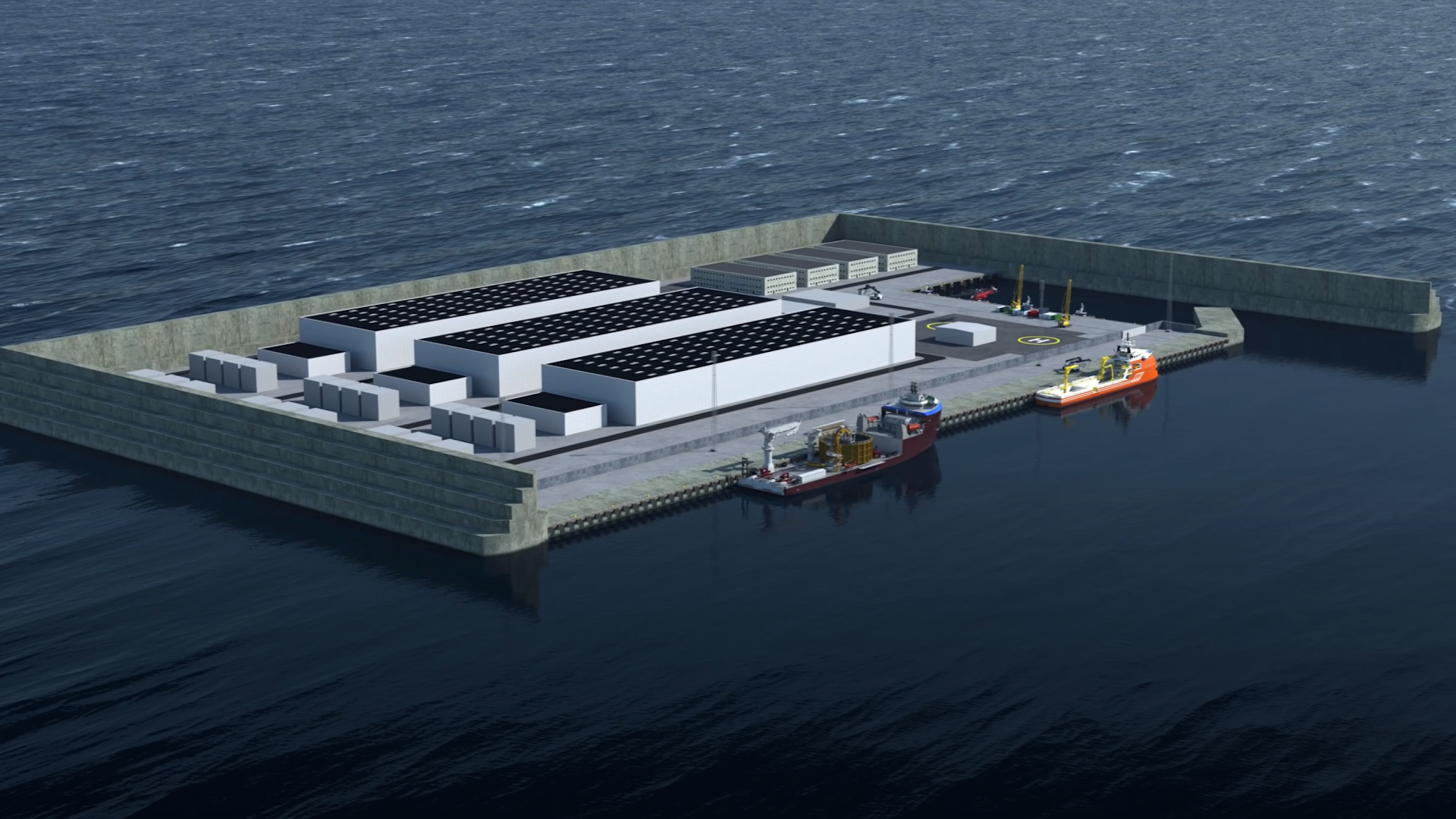
JACK ALYMER: A 30-BILLION-DOLLAR PROJECT TO BUILD THE WORLD’S FIRST ENERGY ISLAND – IS HITTING A SNAG.
THAT’S BECAUSE WE’RE LEARNING THE WORK TO GET IT ONLINE WILL TAKE YEARS LONGER THAN PREVIOUSLY ESTIMATED.
DENMARK IS BEHIND THE EFFORT IN THE NORTH SEA.
THE ISLAND ITSELF WILL SERVE AS A HUB FOR OFFSHORE WIND FARMS.
ONCE OPERATIONAL THEY’RE EXPECTED TO GENERATE ENOUGH ELECTRICITY FOR OVER TWO MILLION HOMES-
WITH LONG TERM PLANS TO EVENTUALLY UP THAT POWER OUTPUT FOR ABOUT SEVEN AND HALF MILLION HOMES.
IT WAS EXPECTED TO BEGIN PRODUCING ENERGY BY 20-33,
BUT RISING MATERIAL COSTS AND HIGH INTEREST RATES HAVE NOW FORCED THE EARLIEST POSSIBLE START DATE BACK AT LEAST THREE YEARS TO 20-36.
THE DANISH ENERGY MINISTER SAYING THESE INCREASED EXPENSES HAVE MADE THE PROJECT NO LONGER FINANCIALLY VIABLE.
BELGIUM, WHICH ALONG WITH DENMARK IS SET TO DERIVE POWER FROM THE ISLAND, HAS ALREADY REFUSED TO PAY ANY MORE IN ORDER TO MAKE UP THE DEFICIT.
DEVELOPERS ARE NOW LOOKING AT THE POSSIBILITY OF REDESIGNING THE PROJECT TO ADD CABLES LINKED TO GERMANY.
HOPING THAT ADDITIONAL FUNDS FROM ANOTHER COUNTRY WILL HELP COVER THE ADDED COSTS.
JACK AYLMER – STRAIGHT ARROW NEWS.











